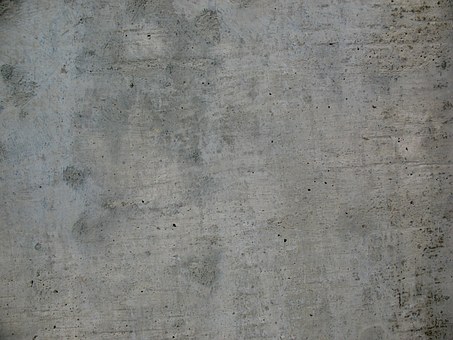Walls are integral to all architectural structures. We cannot think of any area that has no wall. Small or large the walls exist everywhere. They are used to mark a boundary or protect a city. The history of walls is very ancient. The construction and the styles along with the materials changed from time to time but the overall performance remained the same. The purpose of walls is still there.
 ‘A firmer and stronger version of the walls is referred as the retaining walls Sydney. These walls are well built and strong so that they can endure any pressure or weight from the surrounding areas. The best example of this kind of walls is the walls used for surrounding the basements. This wall requires the cantilever. These cantilevers are erected from a depth and then they are raised to a certain height as per the requirement. The walls are constructed in such a way that they can stand strong against the lateral pressure to the most. The materials used in the retaining walls include those that are resistant to the water, weather and other adverse conditions. It should be such that it can stay strong against all kinds of soils.
‘A firmer and stronger version of the walls is referred as the retaining walls Sydney. These walls are well built and strong so that they can endure any pressure or weight from the surrounding areas. The best example of this kind of walls is the walls used for surrounding the basements. This wall requires the cantilever. These cantilevers are erected from a depth and then they are raised to a certain height as per the requirement. The walls are constructed in such a way that they can stand strong against the lateral pressure to the most. The materials used in the retaining walls include those that are resistant to the water, weather and other adverse conditions. It should be such that it can stay strong against all kinds of soils.
The gravity of the earth is a pivotal factor in determining the nature and strength of the concrete sleeper retaining walls. The wall must withstand the gravity so that it does not lose its grip in the soul even when it is holding a strong and heavy roof above it. The internal friction acting at a particular angle is also very important. It is this angular setting that determines the lateral pressure. The lateral pressure decreases as we go up the wall. At the top level of the wall it is negligible and sometimes no existent. In situations like earthquakes the pressure increases on the wall. This will force the wall to move forward. In areas with water below the ground, the pressure increases considerably on the wall.
The drainage system under the soiling challenge. With the drainage system under the ground it becomes a must to have a wall erected with the materials that are water resistant. Such walls must have strong hydrostatic pressure. This challenge has given birth to the concept of the dry stone walls. These walls are made out of the materials that don’t let the water move in. if it happens the materials can expel them out on their own.
As the name indicates this wall retain the natural strength against the earth. They make great and strong surroundings for the roads running close to the mountainous regions. Equally good for creating the dams. They make an integral structure in the basements and the huge buildings that have to sustain excessive pressure.